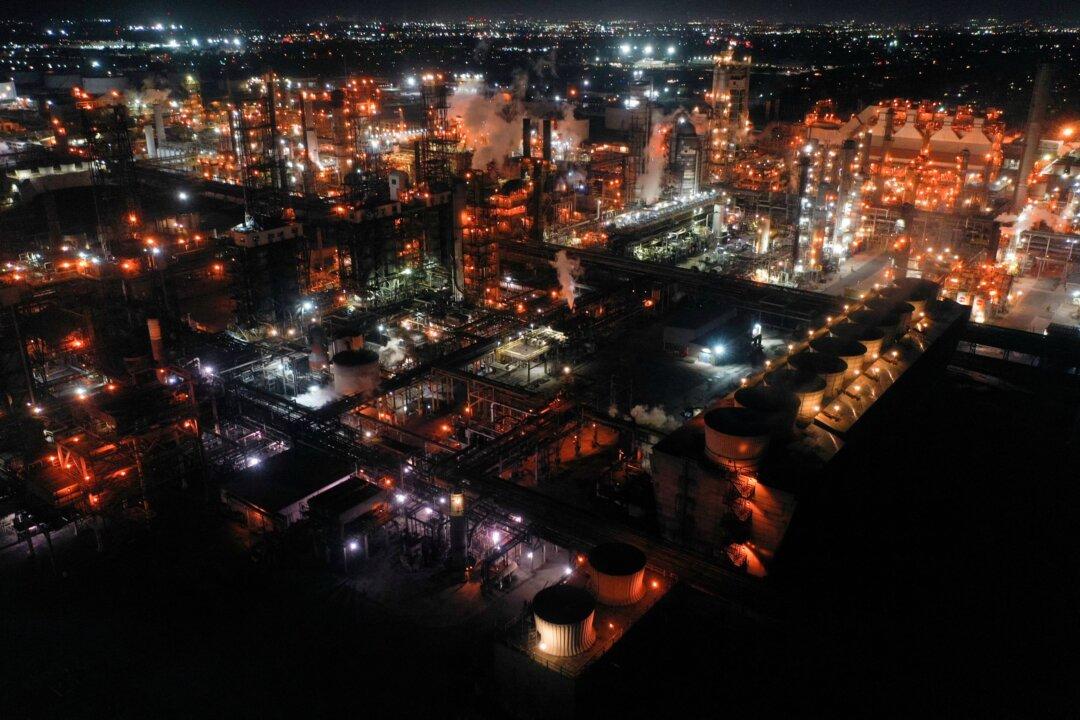U.S. oil refiner PBF Energy is closing out one of the best financial years in its history, a wild bounce back from the brink in April 2020 when fuel demand and gasoline prices cratered during the pandemic and the company’s value swooned lower than what it had just paid to buy a California refinery.
PBF’s stock fell by so much that at one point the company was valued at less than the $1 billion it paid for the refinery. Now, the refining company is basically debt-free, and year-to-date its share price has soared 400 percent even during a bear market on Wall Street.





